Just as the seven dwarves of Snow White weave together distinct qualities, writers must weave several beats, pinch points and turning points into clear narrative. With its strategic plot points, Plottr’s Seven Point Plot Structure template helps you do just that.
What is the Seven Point Plot Structure?
The Seven Point Plot Structure Template is a flexible and dynamic method that helps writers to develop their ideas into engaging plots.
Initially popularized in 2013 by Dan Wells, the Seven Point Plot structure finds its origins in tabletop role-playing games, making it a perfect tool for crafting story-driven narratives.
And, with just seven plot points, it is simple to use and offers clear guidance without overwhelming you with excessive detail. Plus the plot points are strategically placed along the timeline, ensuring well-paced storytelling that keeps readers engaged.
Who is the Seven Point Plot Structure for?
The Seven Point Plot Structure template is a versatile tool that caters to a wide range of writers, from fantasy and mystery to romance and thrillers. It’s equally valuable for meticulous plotters who crave structure and pantsers who prefer to let their stories unfold organically.
Plot Points of the Seven Point Plot Structure
The Seven Point Plot Structure template allows ample room for character development, world-building, and unexpected plot twists. With these plot points as markers, you can navigate your story, adding depth and tension along the way.
Here’s how the seven beats break down and how they could apply to Dan Brown’s DaVinci Code, for example:
The Hook: Capture the reader’s attention with a compelling introduction to the world or characters.
Example: Harvard symbologist Robert Langdon is called to the Louvre Museum to examine a series of cryptic symbols related to Da Vinci’s artwork, found at the scene of the curator’s murder.
Plot Turn 1: Draw the protagonist from their everyday world into the story through an inciting incident.
Example: Sophie Neveu, the curator’s granddaughter, helps Langdon escape the police (who suspect him for the murder) and tells him about the Priory of Sion and the Holy Grail.
First Pinch Point: Raise the stakes by introducing an antagonist or major conflict.
Example: Pursued by the police and an albino monk named Silas, who’s also after the Grail, Langdon and Neveu go to Sir Leigh Teabing’s residence. Teabing reveals the Grail is not an object, but a woman – Mary Magdalene.
Midpoint: A turning point where the protagonist transitions from being reactive to proactive.
Example: Teabing, Langdon, and Neveu are forced to flee when the police surround Teabing’s house. They take a plane to Britain, using a cryptex containing the next clue to find the Grail.
Second Pinch Point: The conflict takes a turn for the worst, challenging the protagonist further.
Example: Silas and police officer Fache close in on Langdon, Neveu, and Teabing. Silas captures Teabing, and the cryptex is almost destroyed.
Second Plot Turn: The protagonist discovers a key revelation that aids in resolving the conflict.
Example: Langdon and Neveu decipher the cryptex’s clue, leading them to the tomb of Sir Isaac Newton in Westminster Abbey. They discover Teabing orchestrated everything to find the Grail.
Resolution: Defeat the antagonist and bring the story to a satisfying conclusion.
Example: Langdon deciphers the final message on his own and finds the location of the Holy Grail (underneath the Louvre Pyramid). But he decides not to reveal it, keeping the secret safe.
How Do You Use the Seven Point Plot Structure in Plottr?
To use the Seven Point Plot Structure in Plottr, simply follow these steps:
- Step 1: From the Plottr Dashboard, select Create From Template
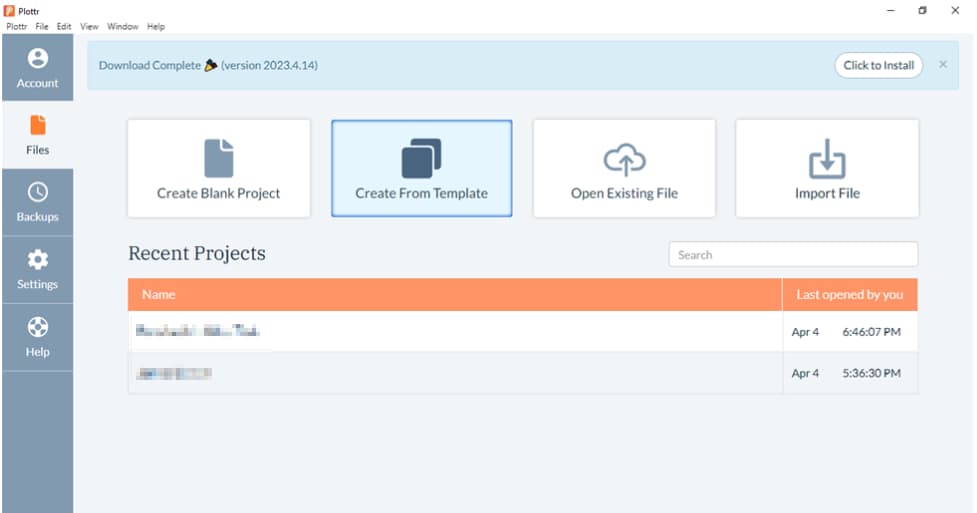
- Step 2: Select the Seven Point Plot Structure template from the template sidebar. Then click on Create New Project
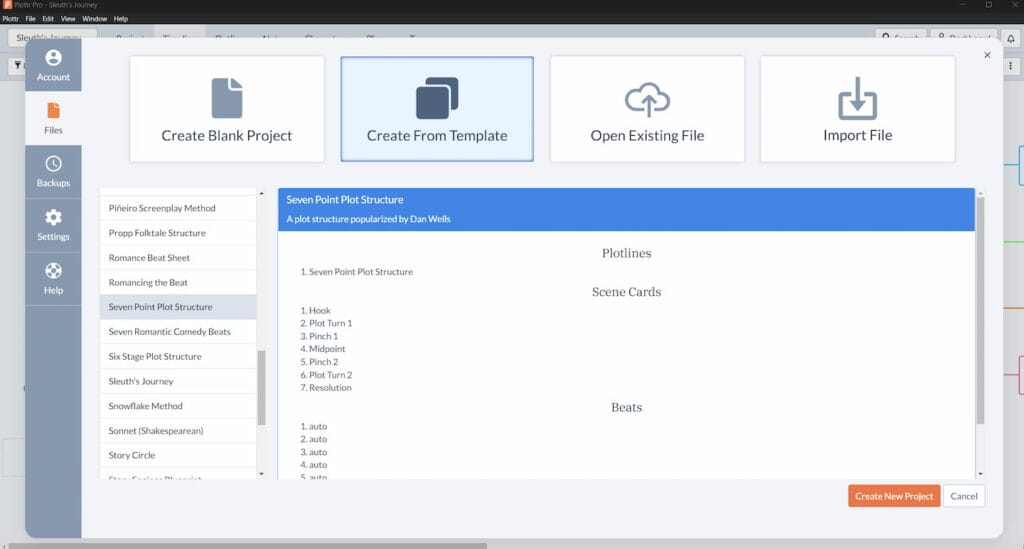
- Step 3: Give your project a name. The name will be included on your list of projects so you can return to it at any time
- Step 4: You’ll see the template open in Timeline view, ready to be modified. Click any of the scene cards to begin adding your ideas
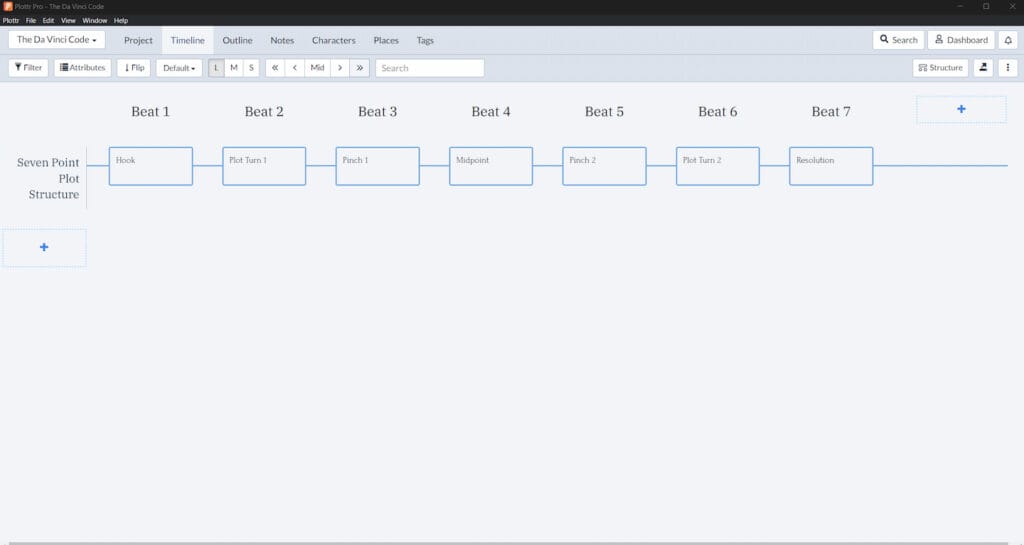
You can delete the placeholder content in any of the scene cards which describes the purpose of that beat, or write above the line where indicated to leave these guidelines in.
Try the Seven Point Plot Structure with other Plottr templates for subplots or secondary arcs. This template works well with these others:
- Children’s Book Plot
- In Medias Res
- Seven Romantic Comedy Beats
Is Seven Your Lucky Number?
If you’re looking for a plotting template that provides guidance without stifling your creativity, the Seven Point Plot Structure Template is ideal. It lets you embrace flexibility as you watch your story come to life in exciting and unexpected ways.
Start your free Plottr trial now and let us know how you use this or other Plottr templates in the comments below. Happy plotting!
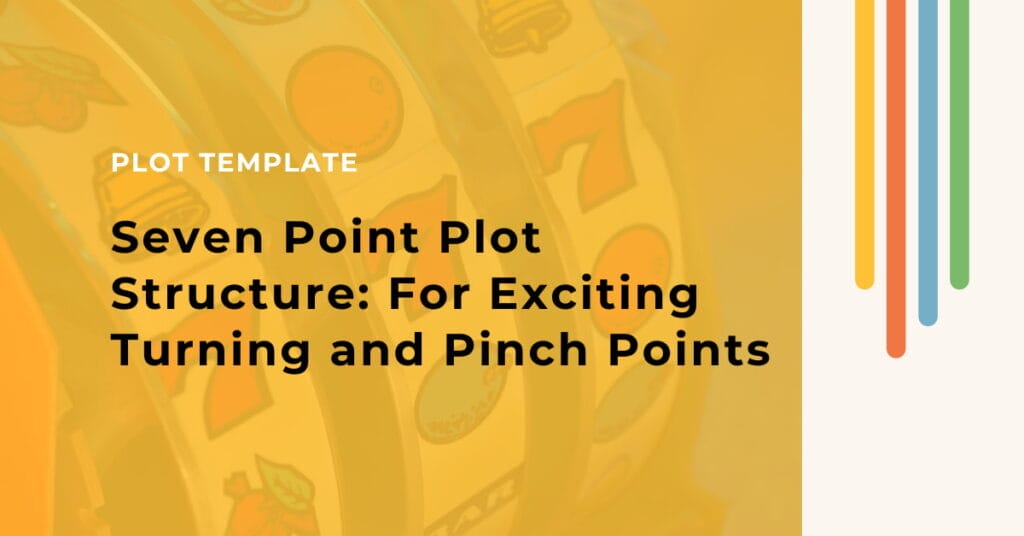
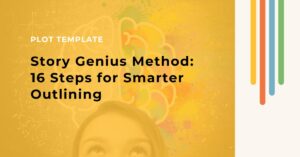
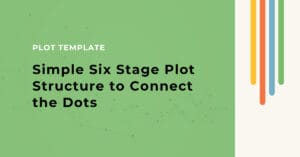
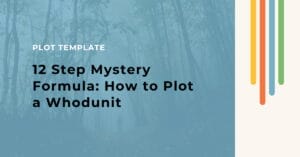




Comments